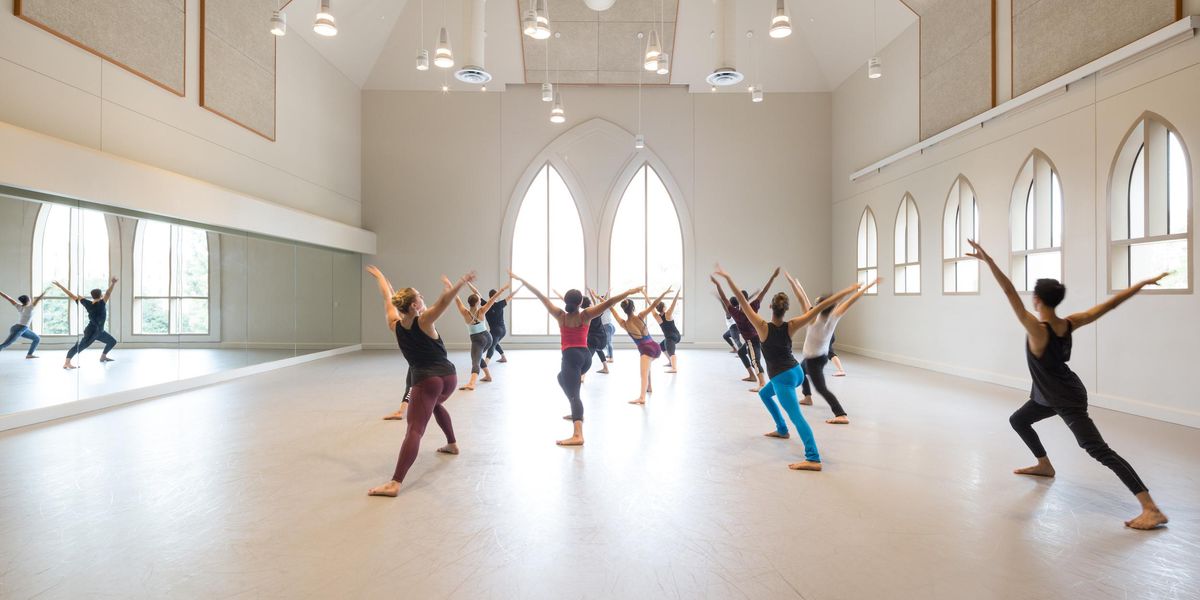How Does Knowing the Offstage Relationship Affect Your Dance Viewing?
What happens when the performers are engaged to each other and you’re watching them kiss? Does it change how you see the choreography? Does it change how you respond to their onstage partnership? What if they’re married? What if they’re brother and sister? Mother and daughter? Do we get a special pleasure out of knowing their real-life relationship? Or does it make our minds wander? I mean, what if they are going through a rough patch in their relationship and have to be so physical and trusting onstage?
In the last couple weeks I’ve seen three such couples, and I admit that it gives me an extra little stirring to know of their real-life intimacy. In all three cases it’s been very public knowledge.
Watching Alina Cojocaru and Johan Kobborg in MacMillan’s Romeo and Juliet at ABT makes you feel like you know how they really interact together: comfortable with each other, caring, able to breathe together, able to look into each others eyes, preferring to be near each other rather than somewhere else. I feel like I see that in Juliet and Romeo’s first encounter, their partnering, and their shared gentleness. Her upper body has an airy quality. Maybe she (Cojocaru/Juliet) loves him (Kobborg/Romeo) because his groundedness allows her to be part of the air. When he’s desperately lugging her beautifully limp body, is Kobborg thinking how devastated he would be if Cojocaru really died?
Johan Kobborg and Alina Cojocaru in MacMillan’s
Romeo and Juliet. Photo by Dee Conway, Courtesy ROH.
David Gordon and Valda Setterfield have been married 52 years and working together pretty much all that time. She is his star performer and he gives her her best material. Her British composure complements his scruffy New York self, just as her still-lithe-dancer energy complements his sedentary, writing-plays-in-his-mind energy. That synergy is the backbone of the current Pick Up Performance Co’s production now playing at the Joyce SoHo. It’s called The Beginning of the End of the… and the cast has a few more dancers and actors (including Gus Solomons, jr) in addition to Gordon and Setterfield. While the script is an endearing, witty, heady tangle of Pirandello and Gordon, constructed and natural, past and present, Valda holds down the fort with her dependably magical aura. When Gordon asks, “Who are you now?” she answers, unphazed, something like, “Your wife and your principle actor.”
Valda Setterfield and David Gordon in 2002. Photo by Victor Giganti, Dance Magazine Archives.
Ellis Wood and her mother Marni Thomas showed a duet called Flower Fiction at Ailey Citigroup Theater. Sitting on a bench, one reaches for the other’s hand but they don’t quite connect. Later they do. I could relate to that, with memories of my own. At different times Ellis and Marni look to each other for affection and it is not always given. Marni is the anchor here. She is solidly a Graham dancer, while Ellis is wiggly, destabilized postmodern. I couldn’t help thinking how Marni helped train Ellis and how Ellis naurally grew and evolved away from that training. And my own personal knowledge of their family affects me too: Ellis’ father, David Wood, was my beloved teacher at the Graham school during my high school years, and Marni often demonstrated for him. Which of course adds another layer of knowledge to my response.
Ellis Wood and Marni Thomas in
Flower Fiction. Photo by Tom Caravaglia, Courtesy Wood.
Ever since Fred and Adele Astaire were a hit in vaudeville a century ago—when everyone adored the dashing Adele and her modest kid brother—people have been entranced by relatives who perform together. (Read Sylviane Gold’s write-up of the new book about the pair here.) Although knowing that the performers are related can get in the way of “judging” them, the merging of life and art can add a bit of frisson to one’s dance viewing.




